Space, light, structure: the jewellery of Margaret de Patta
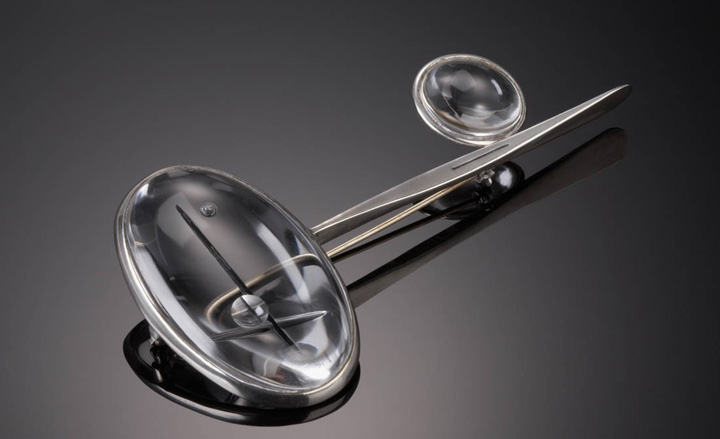
The words 'contemporary jewellery' so often point to 'futuristic' pieces made from hard metals and clean, sharp lines that it's good to be reminded of the quiet Surrealist quality and softer, irregular contours that typified the American Wearable Art Movement. Nothing embodies its timeless Bauhaus aesthetic more than jeweller and artist Margaret De Patta, whose work is currently the subject of a major retrospective in the US.
The exhibition 'Space, light, structure: The Jewellery of Margaret De Patta' is at the Oakland Museum of California until May 13 and will transfer to New York's Museum of Arts and Design in June.
De Patta was born in California in 1903 and trained as a sculptor and painter at the California School of Fine Arts. By the age of 23 she had taken up a scholarship at the Arts Students League in New York where the pervading principles and methods of the experimental European art scene - Constructivism, the Bauhaus - began to infiltrate her design sensibilities and inform her aesthetic. But it was only when she couldn't find a wedding ring that echoed her taste for modernist design that she set her sights on jewellery design.
The correlation between jewellery, sculpture and architecture - in that all involved 'space, form, tension, organic structure, scale, texture, interpenetration, superimposition, and economy of means' - was obvious to her.
De Patta's brooches, rings and pendants, then, work like wearable sculpture: pieces move, apposite materials integrate and negative space becomes positive. It's not often that jewellery is awarded the same cultural status as art but, as Ursula Ilse-Neuman, MAD's Curator of Jewelry points out, 'Her cerebral jewellery expresses her own evolving aesthetic and social philosophy as it unfolded over four decades of enormous change in American society.'
Margaret De Patta died in 1964. As a homage to one of its own, the San Francisco jewellery and metal work gallery Velvet da Vinci also pays homage to de Patta this month. Having acquired stones and beach pebbles found by De Patta from her estate, the gallery asked 16 jewellers, including Petra Class and Deborah Lozier, to contribute to its De Patta Project. By reinterpreting her work and ways of thinking into their own, the De Patta legacy is carried on in an organic form of which she surely would have approved.
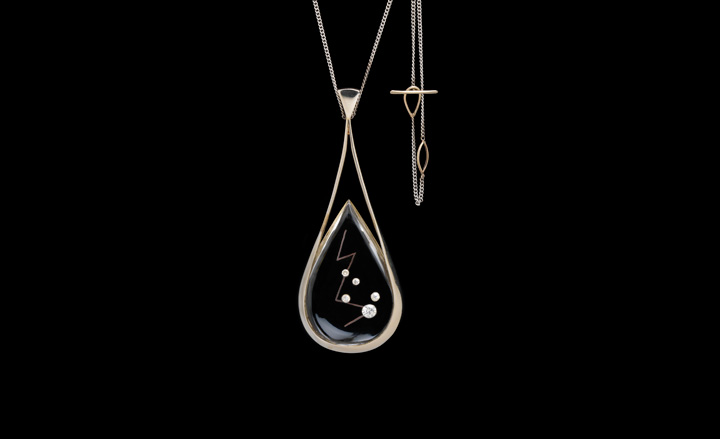
Pendant in white gold and crystal, with five inlaid diamonds, 1960, by Margaret De Patta
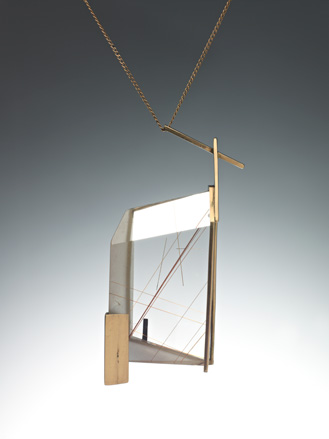
Pendant in yellow gold and rutilated quartz crystal, 1948, by Margaret De Patta
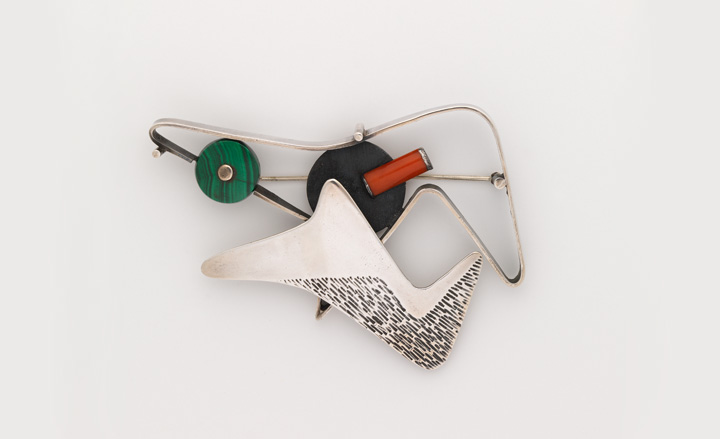
Pin in sterling silver, coral and malachite, 1947-50, by Margaret De Patta
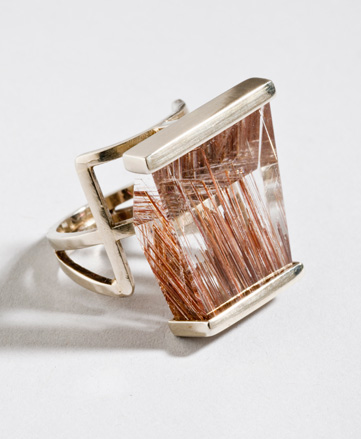
Ring in white gold and rutilated quartz crystal, 1949, by Margaret De Patta
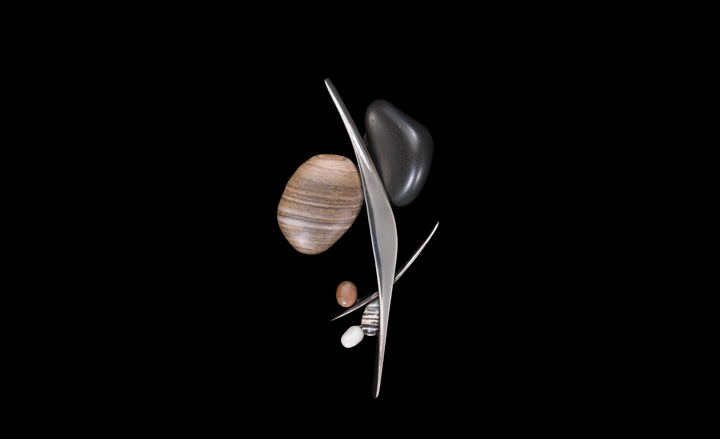
Pin in sterling silver, beach stones and pebbles, 1964, by Margaret De Patta
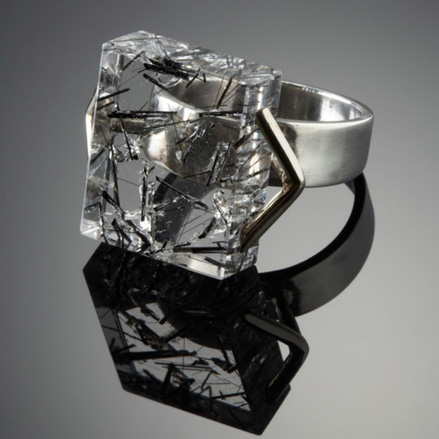
Ring, 1947 by Margaret De Patta
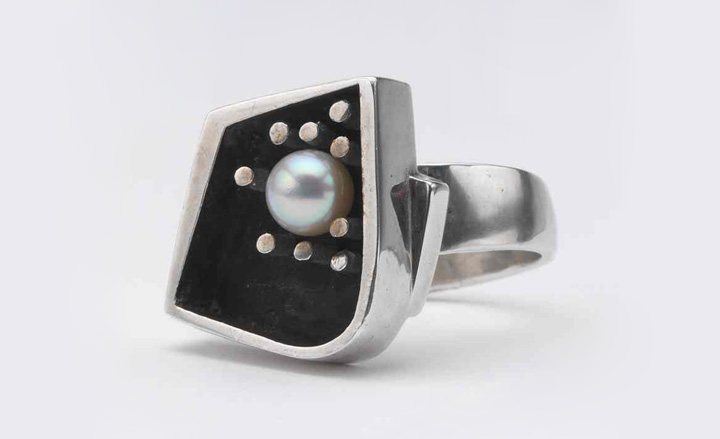
Ring in sterling silver, with pearl, 1947-50, by Margaret De Patta
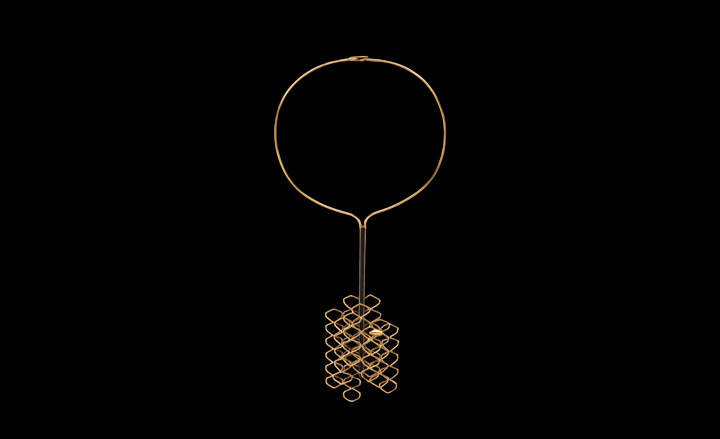
Pendant in 14k yellow gold and wire, 1976, by Margaret De Patta
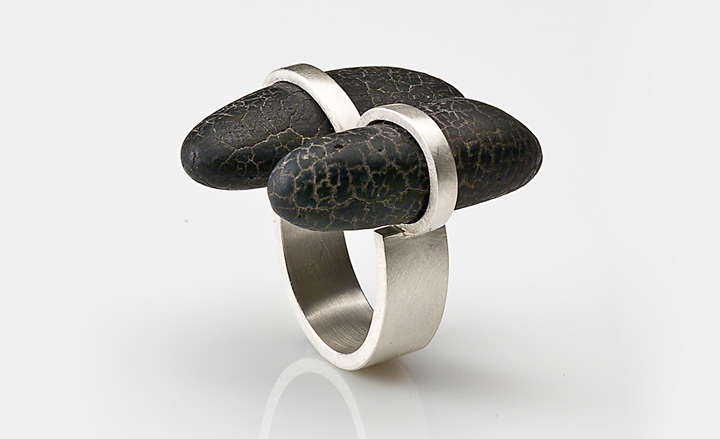
In homage to Margaret De Patta, who died in 1964, the San Francisco jewellery and metal work gallery, Velvet da Vinci (who acquired stones and beach pebbles found by De Patta from her estate) have asked 16 jewellers to reinterpret her work. Pictured is: Double Stone Ring, in sterling silver with river pebbles, 2012, by Sandra Enterline
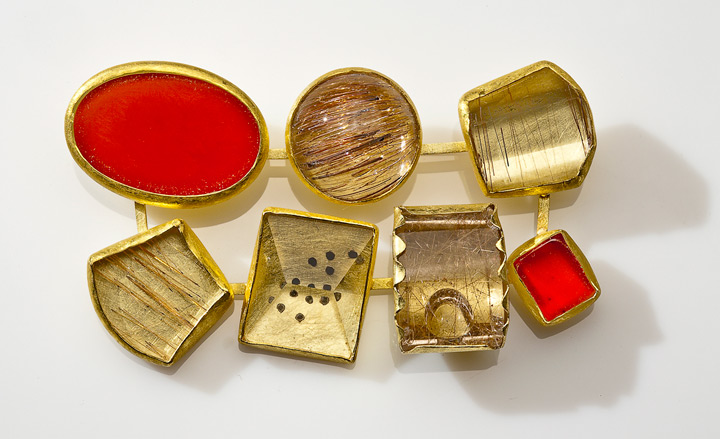
Brooch, in 18k and 22k gold with rutillated quartz stones, 2012, by Petra Class
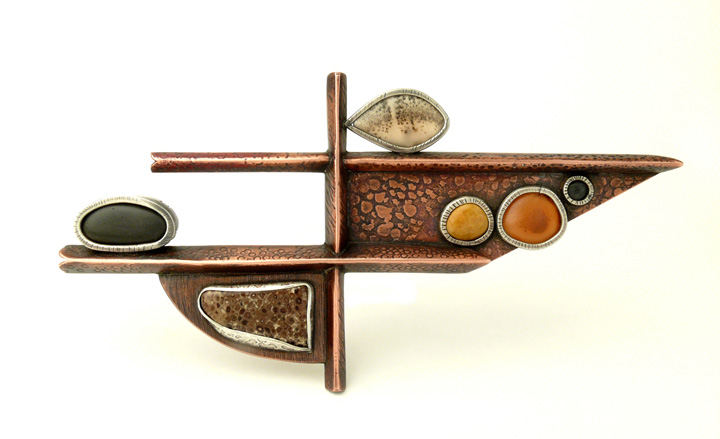
Brooch in copper with fossil dinosaur bone and river pebbles, 2012, by Deborah Lozier
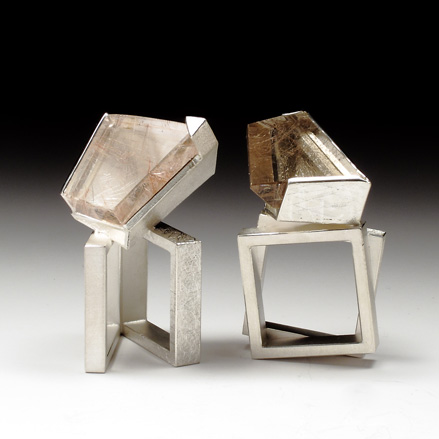
Rings in sterling silver with rutillated quartz stones cut by Francis Sperisen, 2012, by Geoffrey Giles
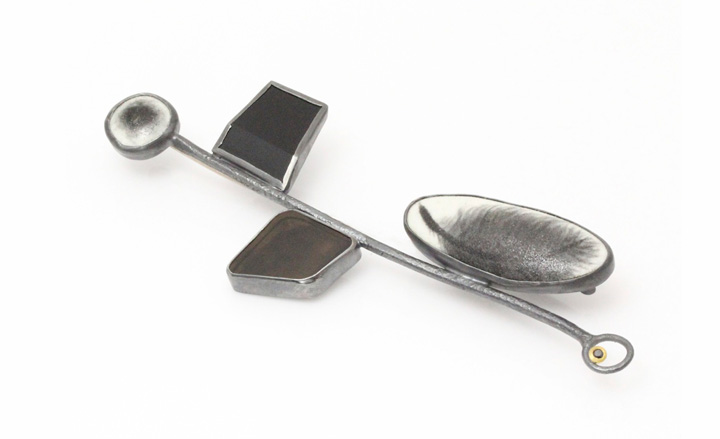
Brooch in sterling silver, 18k gold and enamel with black onyx and a black diamond, 2012, by April Higashi
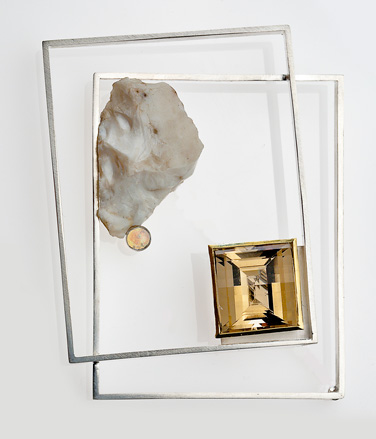
'Window' brooch in sterling silver and 18k gold with quartz, opal and pebble, cut by Francis Sperisen, 2012, by Brigid O'Hanrahan
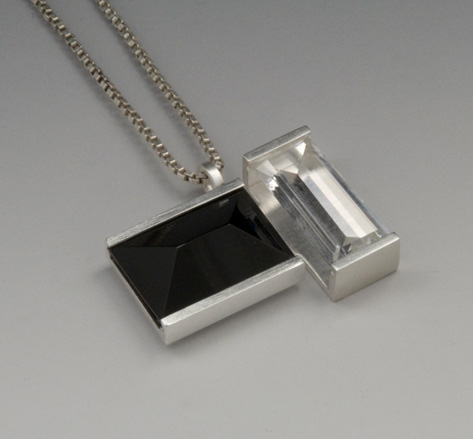
Pendant in sterling silver with quartz and onyx, 2012, by Julia Turner
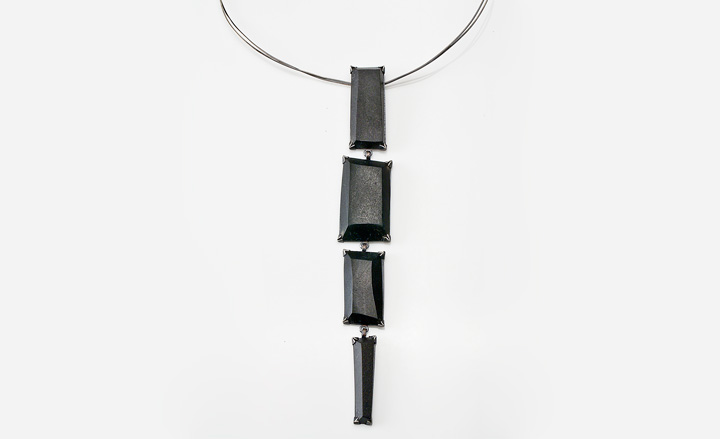
Necklace in sterling silver with De Patta pebbles, 2012, by Terri Logan
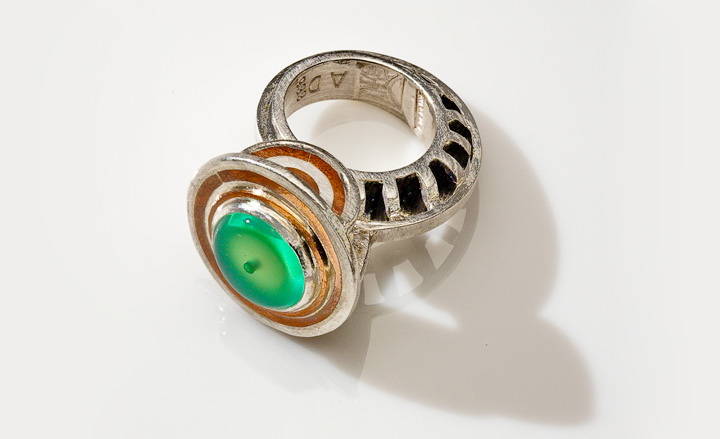
Nautilaus Ring, in sterling silver and copper with De Patta green stone, 2012 by David Jones
ADDRESS
Oakland Museum of California
1000 Oak St.
Oakland, CA 94607
USA
Receive our daily digest of inspiration, escapism and design stories from around the world direct to your inbox.
Caragh McKay is a contributing editor at Wallpaper* and was watches & jewellery director at the magazine between 2011 and 2019. Caragh’s current remit is cross-cultural and her recent stories include the curious tale of how Muhammad Ali met his poetic match in Robert Burns and how a Martin Scorsese Martin film revived a forgotten Osage art.
-
 The White House faced the wrecking ball. Are these federal buildings next?
The White House faced the wrecking ball. Are these federal buildings next?Architects and preservationists weigh in on five buildings to watch in 2026, from brutalist icons to the 'Sistine Chapel' of New Deal art
-
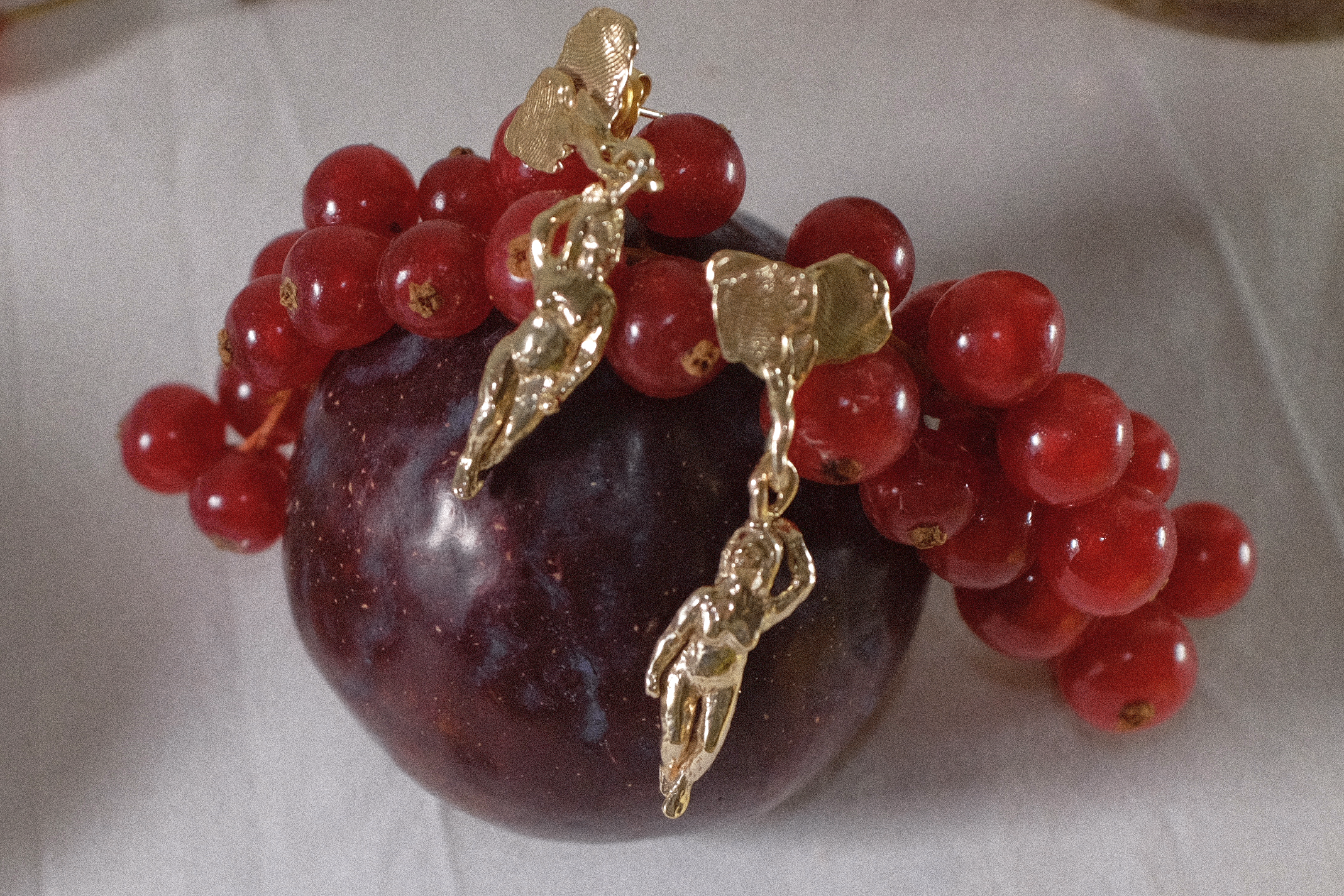 Georgia Kemball's jewellery has Dover Street Market's stamp of approval: discover it here
Georgia Kemball's jewellery has Dover Street Market's stamp of approval: discover it hereSelf-taught jeweller Georgia Kemball is inspired by fairytales for her whimsical jewellery
-
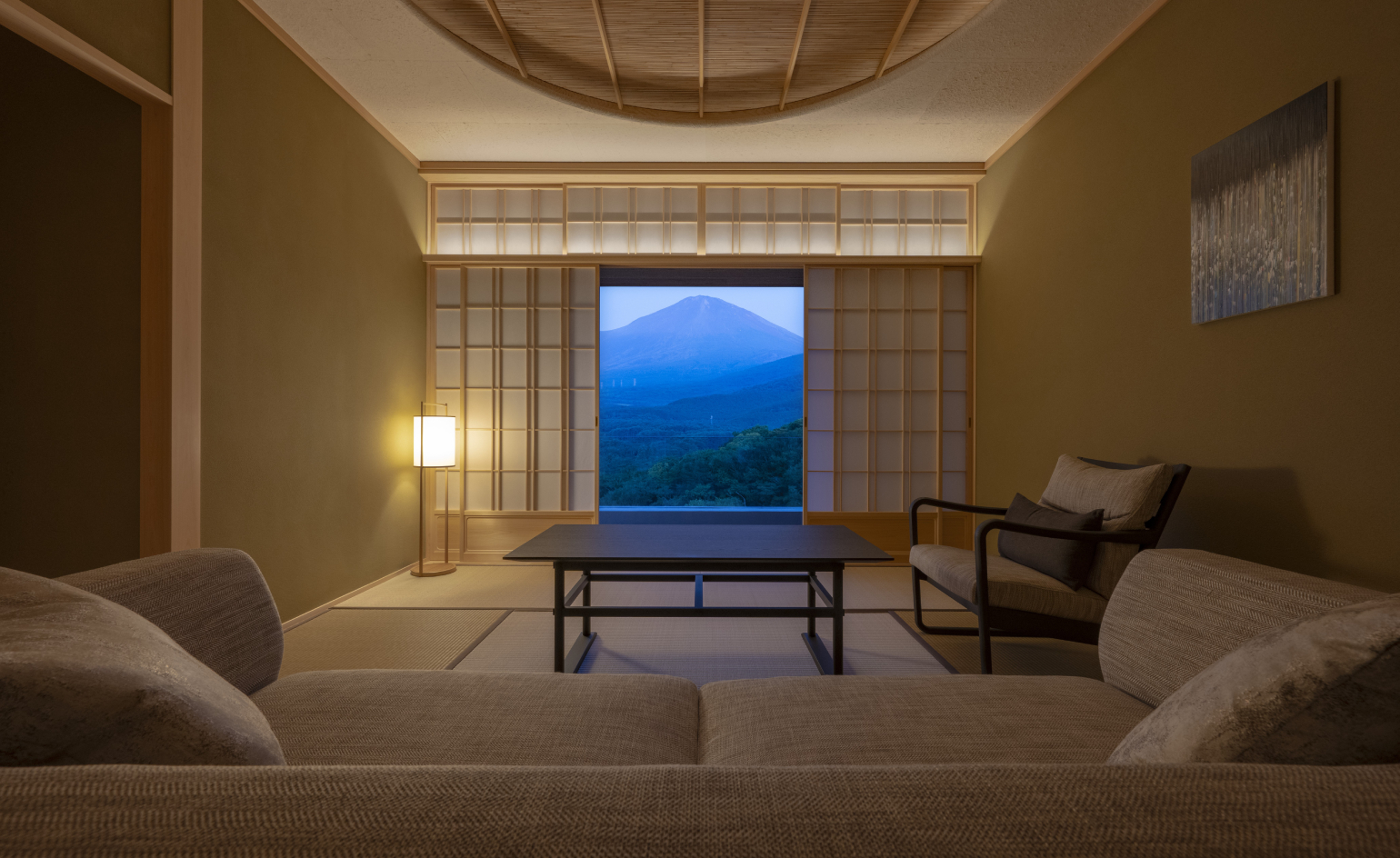 The best way to see Mount Fuji? Book a stay here
The best way to see Mount Fuji? Book a stay hereAt the western foothills of Mount Fuji, Gora Kadan’s second property translates imperial heritage into a deeply immersive, design-led retreat
-
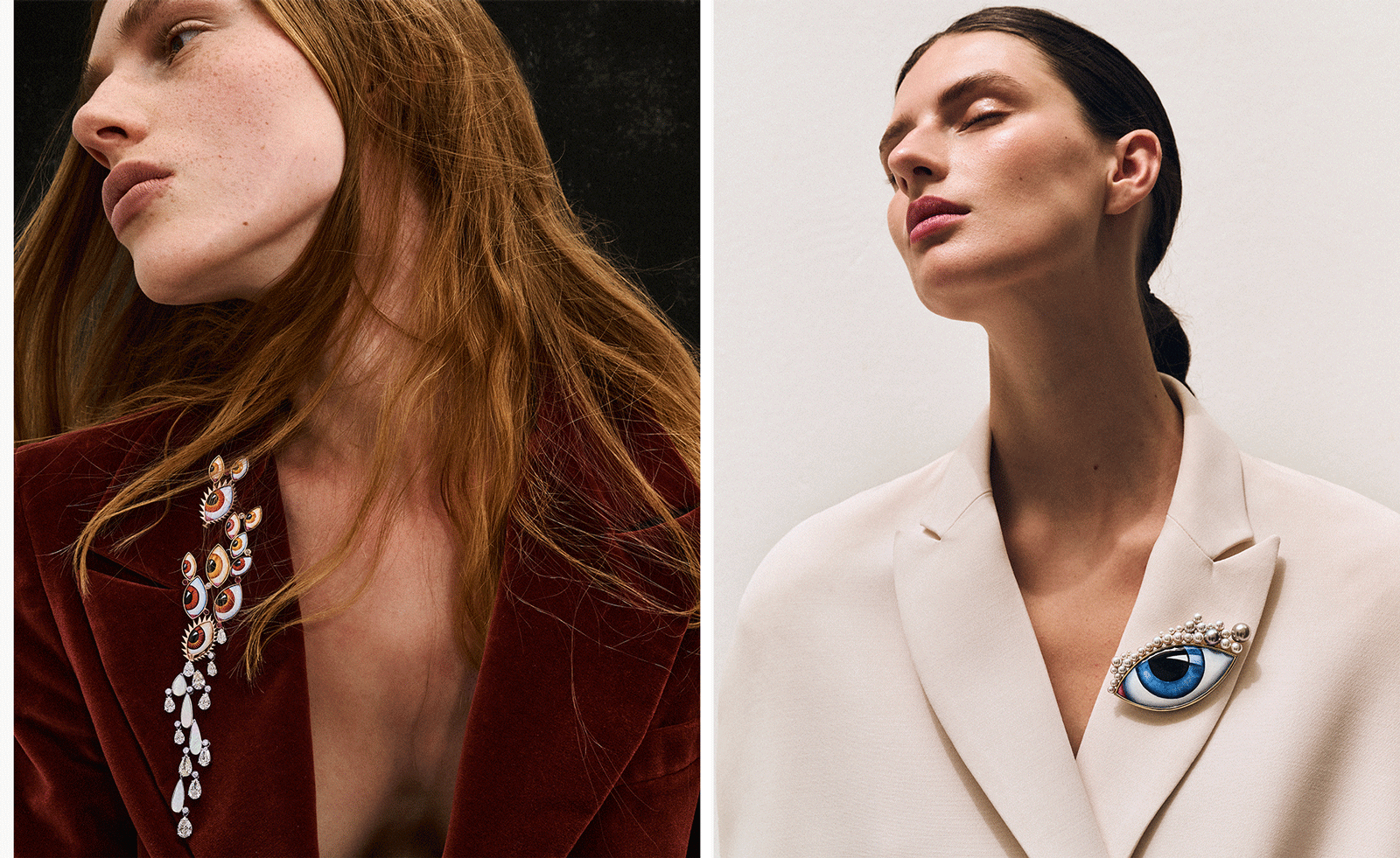 All eyes on Greek jewellery brand Lito as it launches bold new amulets to mark its 25 years
All eyes on Greek jewellery brand Lito as it launches bold new amulets to mark its 25 yearsStriking amulets, seductive stones and secret messages characterise Lito's striking new anniversary collection, an extension of its ‘Tu es Partout’ series
-
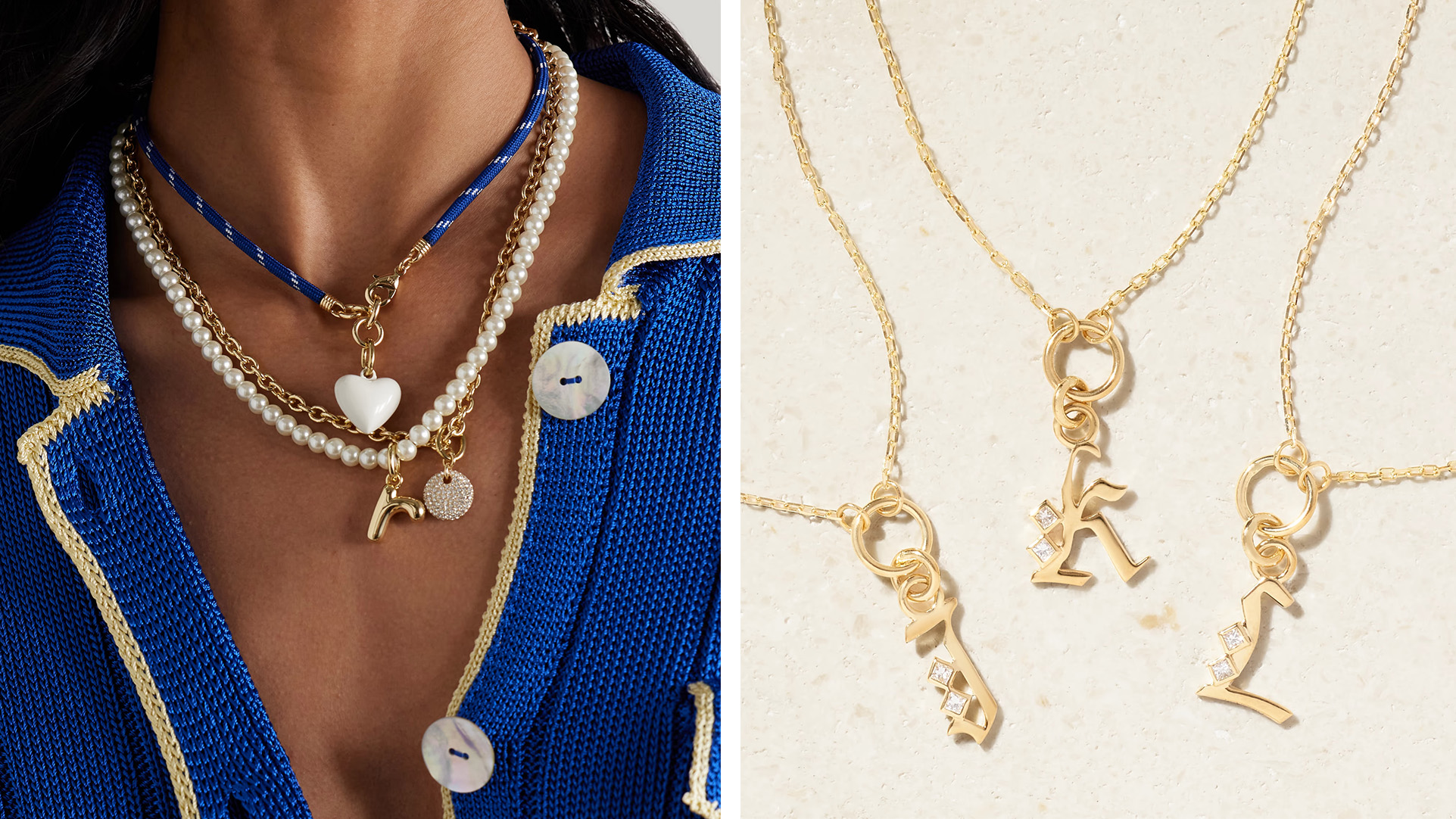 The best layering necklaces for an elevated yet casual look
The best layering necklaces for an elevated yet casual lookHow to mix, match and stack jewellery for the ultimate high-energy, low-effort style
-
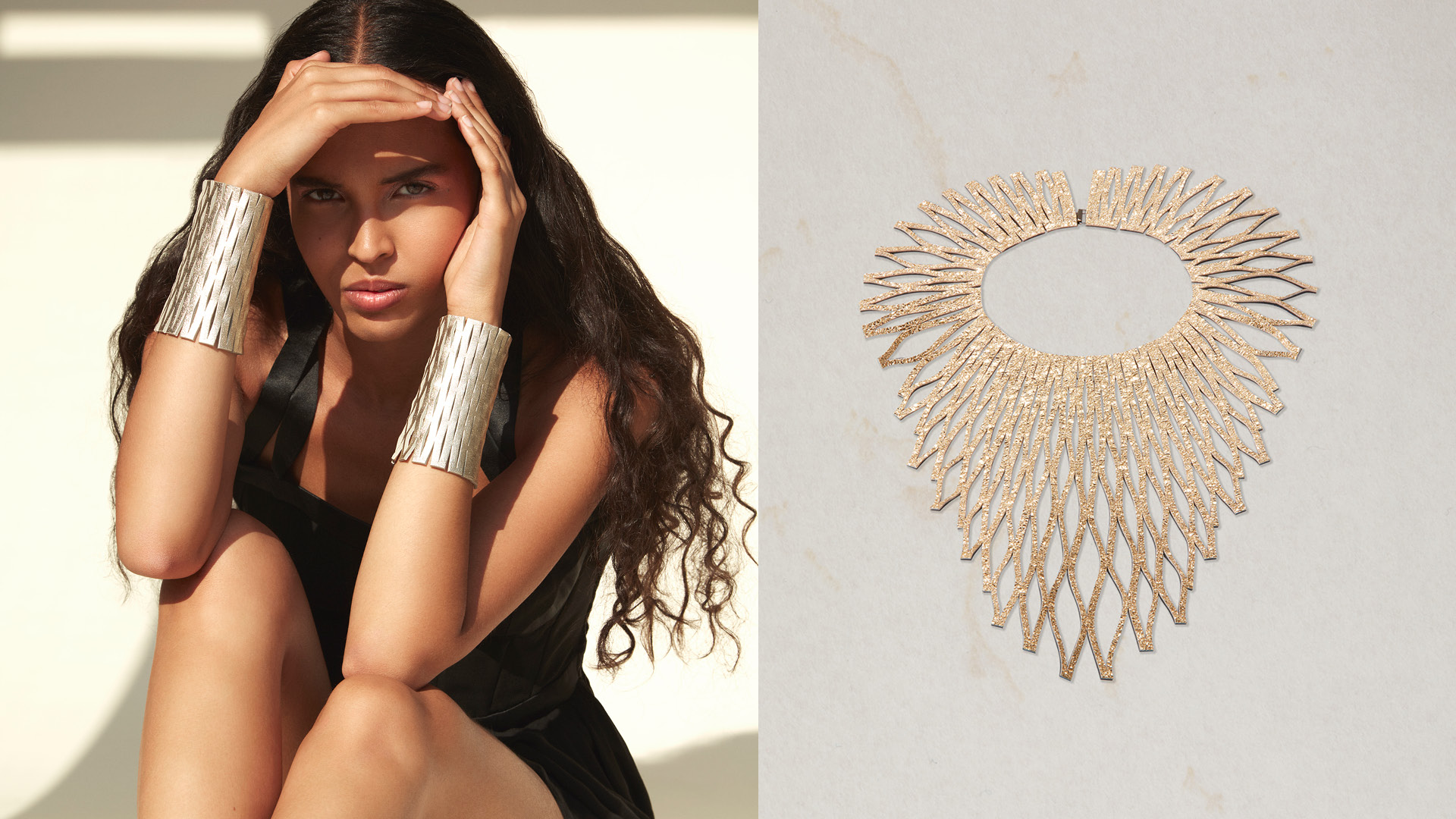 Late summer jewels: what to wear at Golden Hour
Late summer jewels: what to wear at Golden HourLate summer signals a jewellery style-shift. These independent designers have got it covered
-
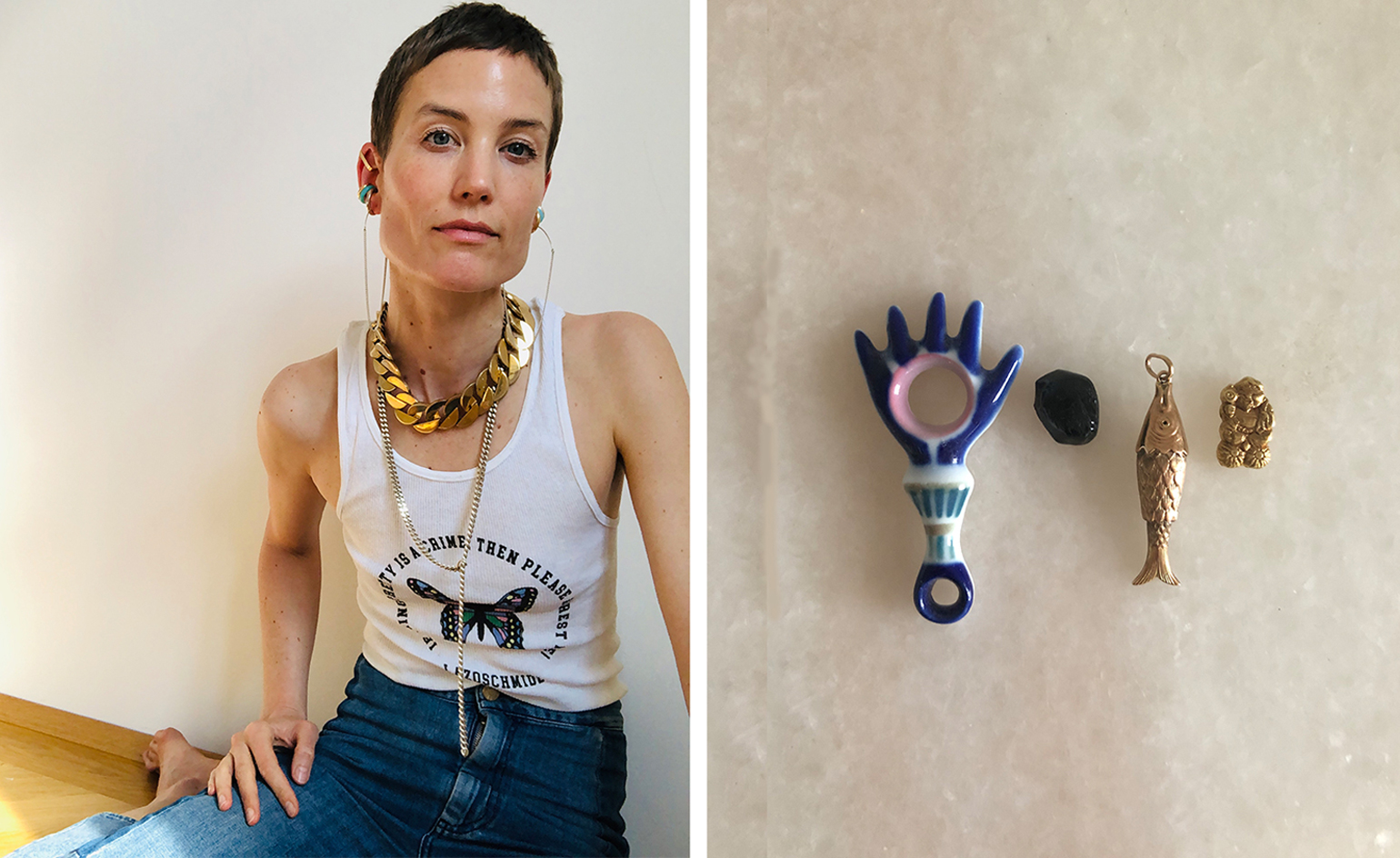 Jewellery designers share their most precious personal pieces
Jewellery designers share their most precious personal piecesA host of jewellers give us a peek at the jewellery which brings them joy and solace
-
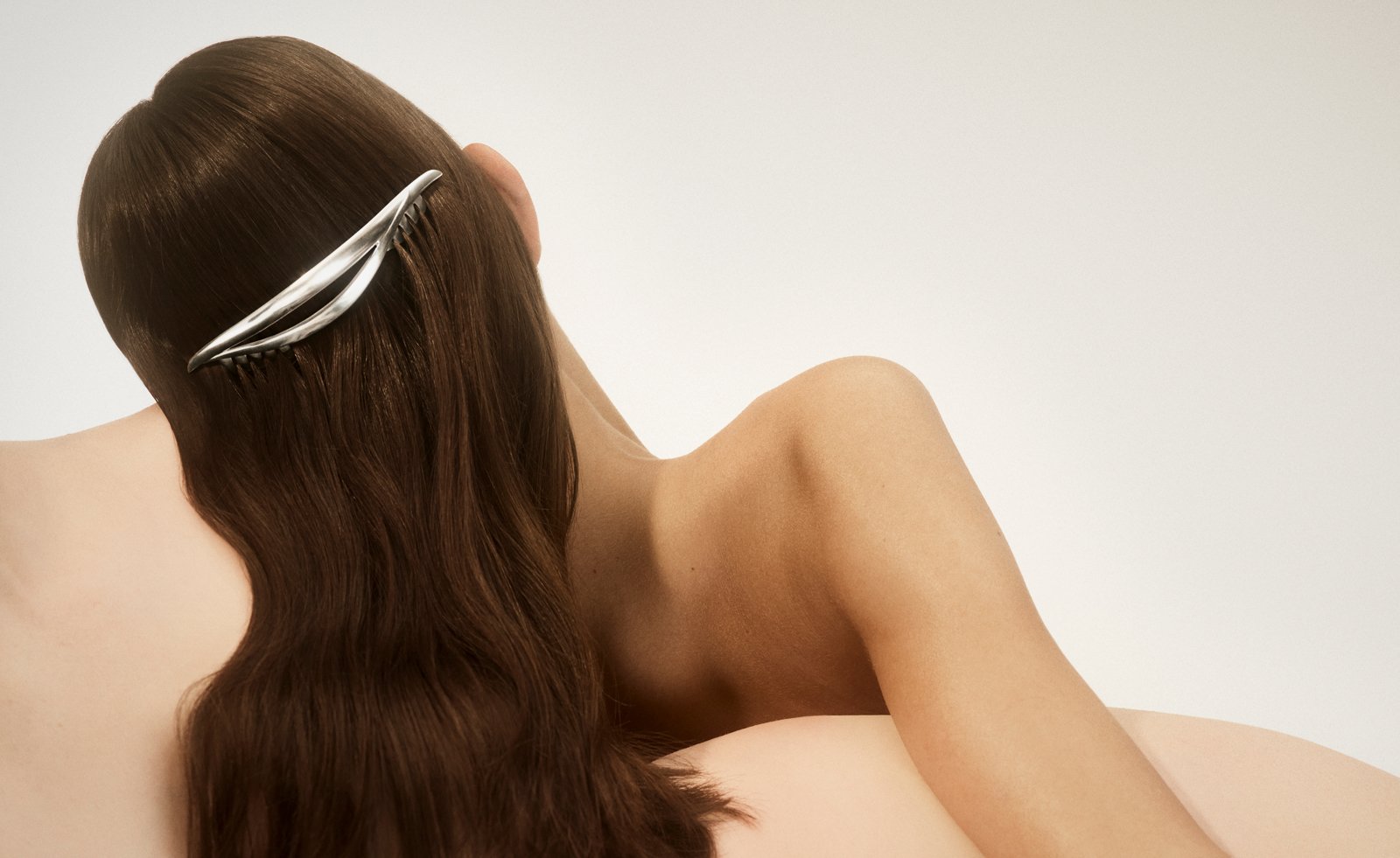 Hair jewellery to covet and collect
Hair jewellery to covet and collectToday’s hair jewellery is both practical and pretty. We're pinning our hopes on these simple and elegant accessories
-
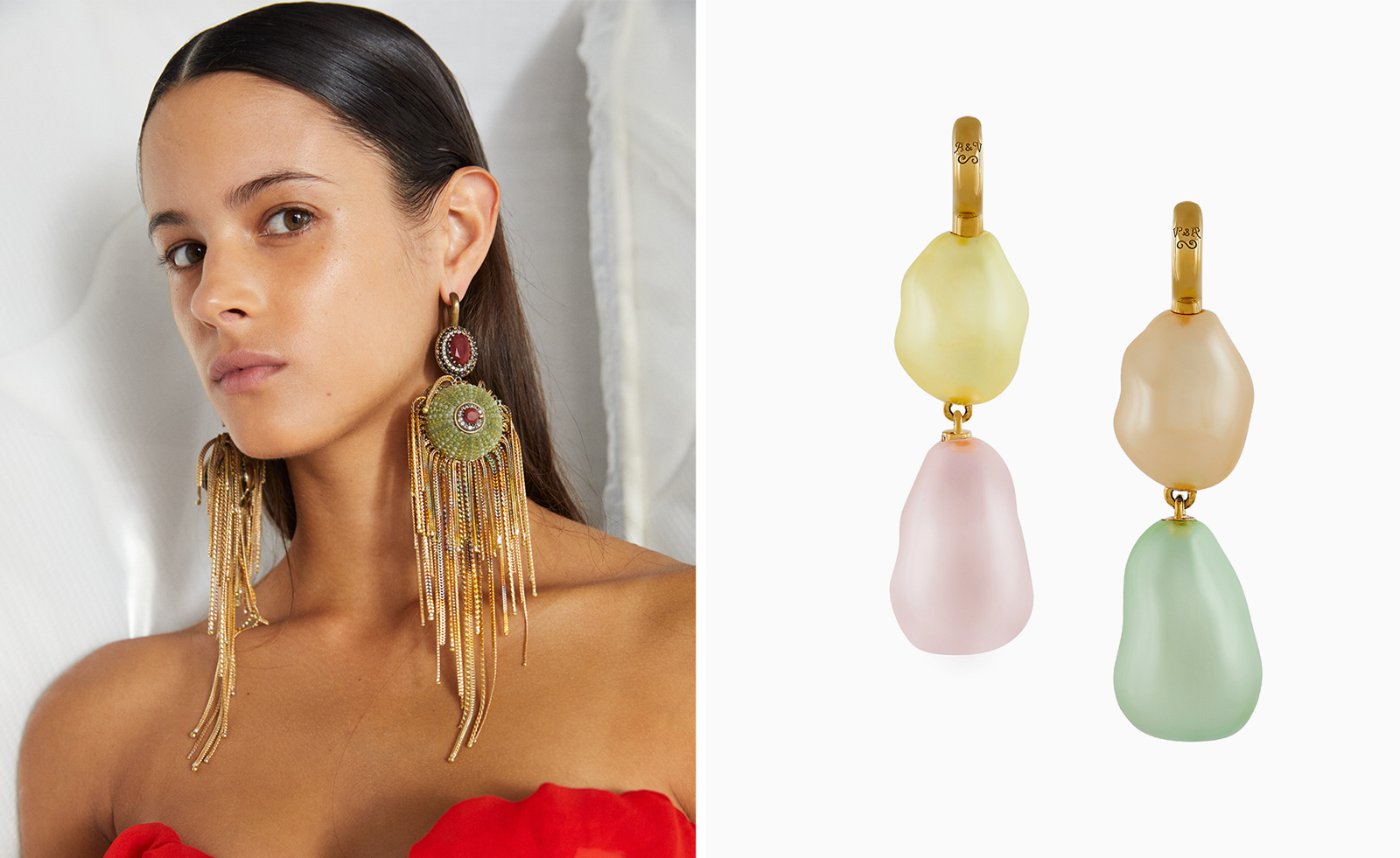 Andreas Kronthaler’s costume jewellery for Vivienne Westwood is fun, flirty and fabulous
Andreas Kronthaler’s costume jewellery for Vivienne Westwood is fun, flirty and fabulousAndreas Kronthaler’s new jewellery draws on romantic and theatrical motifs
-
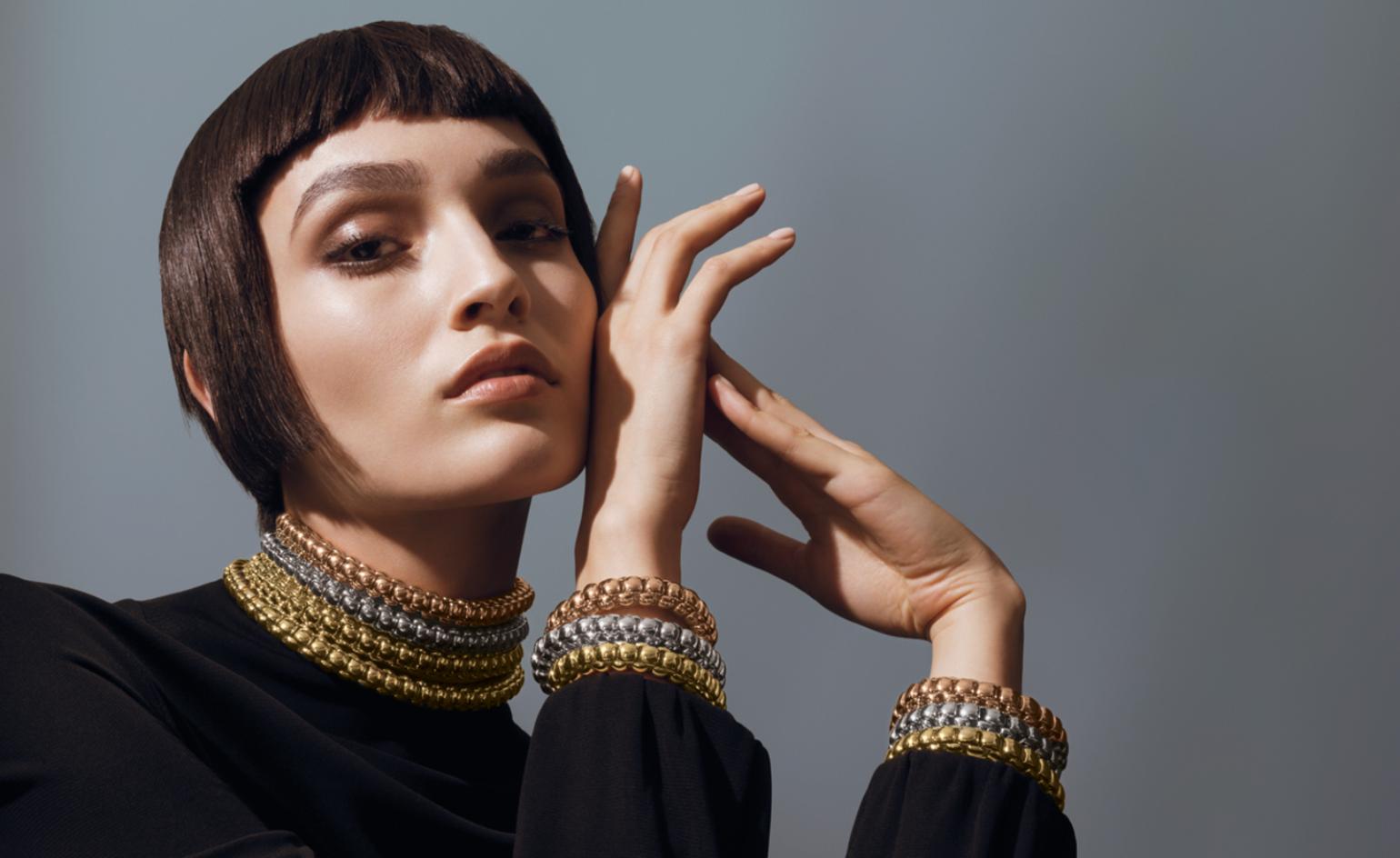 Fope’s flexible gold chains rethink a classic design
Fope’s flexible gold chains rethink a classic designElasticity meets elegance in Fope’s new jewellery collection, ‘Luna’
-
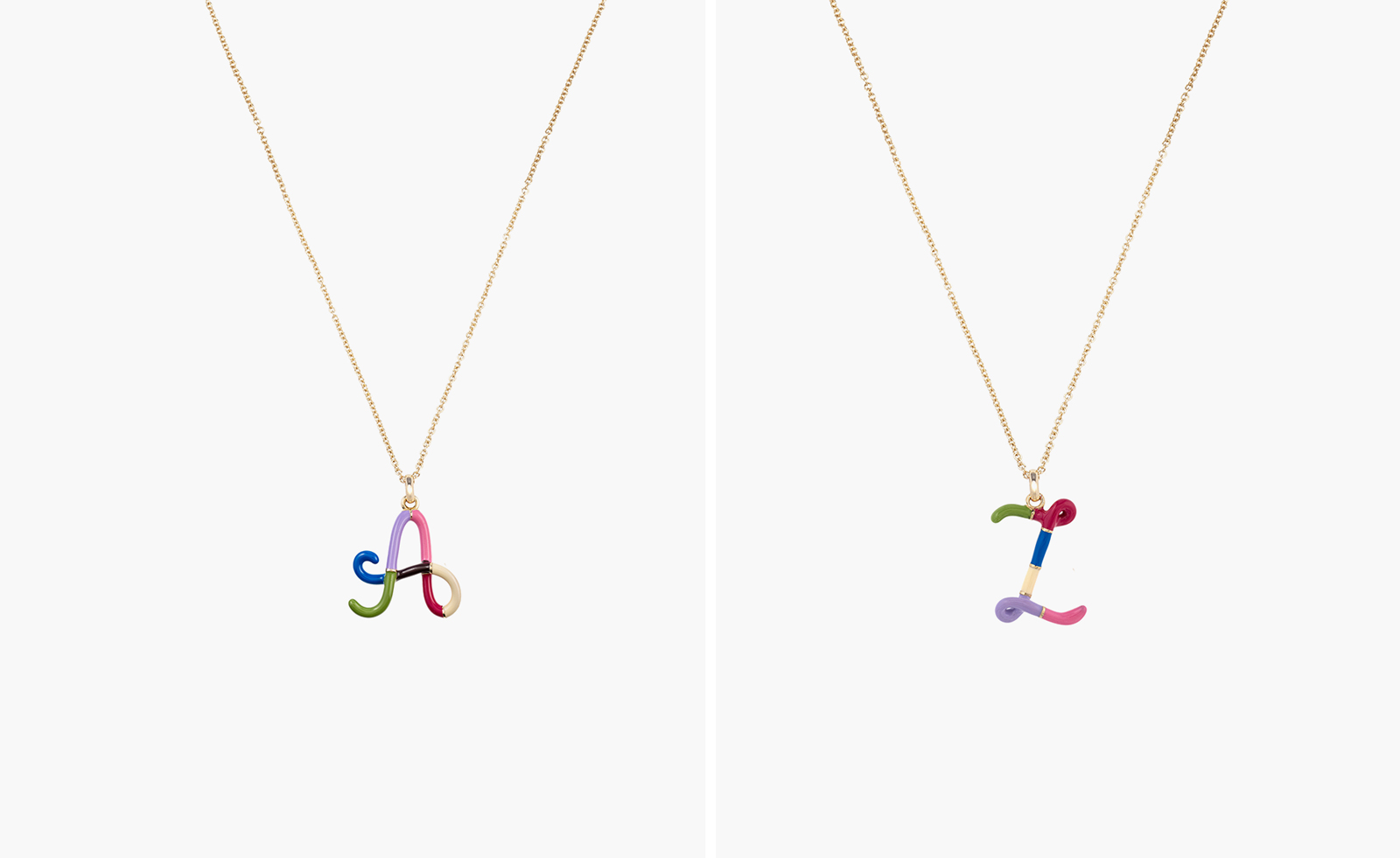 Get personal with Bea Bongiasca’s colourful initial necklaces in enamel
Get personal with Bea Bongiasca’s colourful initial necklaces in enamelBea Bongiasca’s ‘B Colour’ collection of initial necklaces brings a chic modernity to personalised jewellery